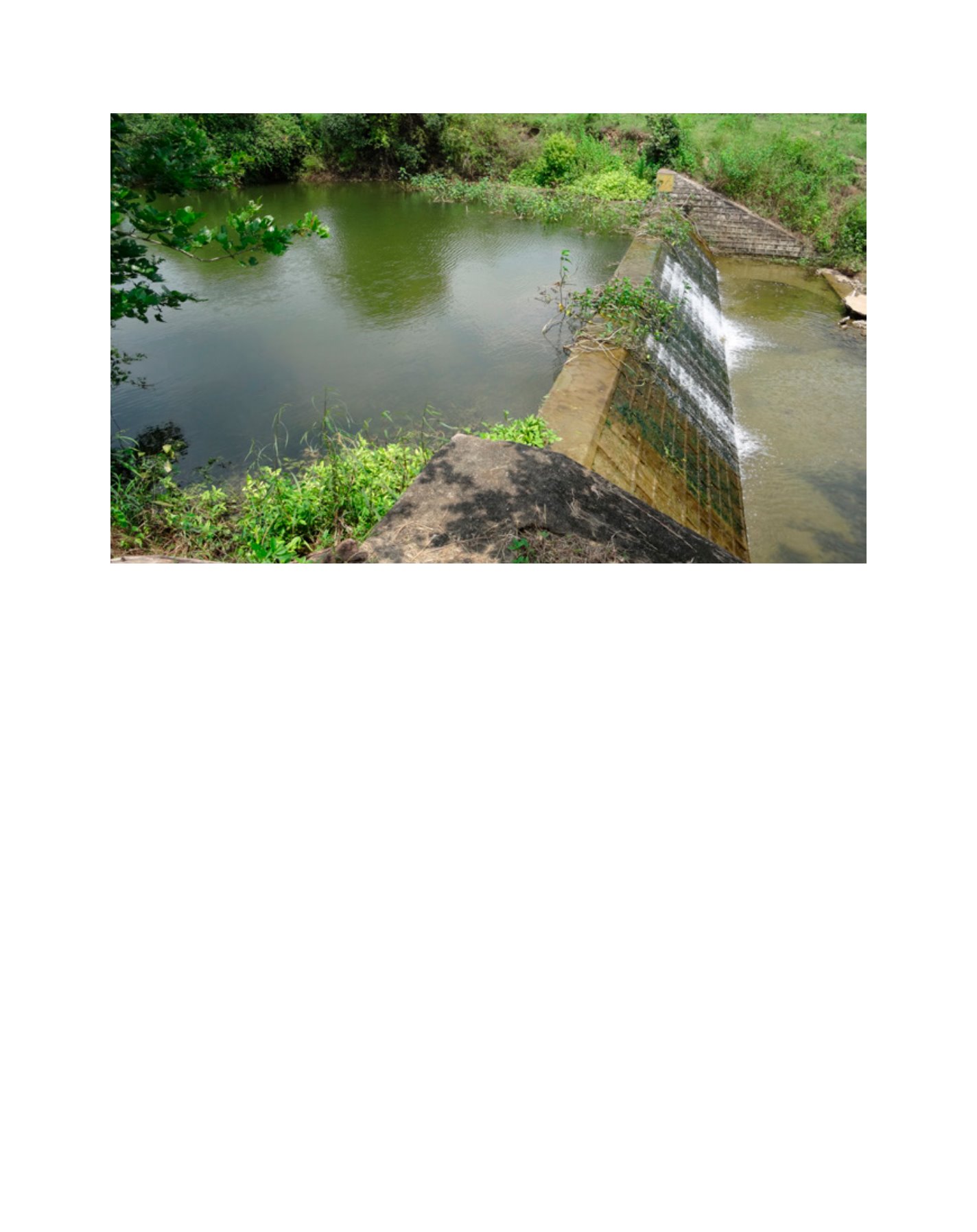

[
] 89
access
to
water
and
sanitation
for
all
well as for efficient and sustainable water use. The current
model of watershed management adopted by the International
Crops Research Institute for the Semi-Arid Tropics (ICRISAT)
and its partners includes environmentally-friendly options
and the use of new technology which, along with a consor-
tium approach to management, enables the empowerment of
communities through capacity building and the convergence
of every project activity within the watershed.
The long-term success of any decentralized scheme
depends on building awareness, competence and a sense of
ownership in the local community. Thus, social engineering
is critically important. A community keeps its own undoc-
umented knowledge about the locality, including land and
water ecosystems. Often, villagers are aware of the limiting
factors but lack complete information about constraints to
productivity and cannot provide optimum solutions to these
problems. For example, in one of the projects, farmers under-
stood that the yield of groundwater wells or bore/tubes was
decreasing, but they tried to resolve it by digging another well
or extending the depth of the existing bore. Another typical
example concerns fertilizer usage, where farmers under-
stand the importance of fertilizers for crop growth, but do
not understand that fertilizers are designed to supplement the
available nutrients in soil. Inappropriate information, offered
to bridge the gaps in knowledge, might achieve short-term
success but might not provide sustainable solutions.
The adoption of resource management through rain water
harvesting; ground water recharge; wastewater management;
pollution abatement of drinking water sources; utiliza-
tion of biomass for biogas or organic manure production;
recommendations based on soil testing; and scientific pest
management offer more sustainable approaches.
15
Such
interventions create an atmosphere of ownership and trust
among the rural communities towards scientific interven-
tions, often critical to their sustainability.
16
The traditional
approach of centralized planning and implementation has
to be replaced with co-planning and participation, involving
the local community.
Rainwater harvesting and groundwater recharge
Groundwater levels are depleting as pressure on water
resources is increasing to satisfy the needs of a growing
population. Climate change is also disturbing the hydrologi-
cal cycle as extreme rainfall events have reduced the time
over which groundwater recharges. This global issue of water
scarcity may be addressed locally by groundwater augmenta-
tion through rainwater harvesting at micro-watershed level;
efficient use of green and blue water; and the safe reuse of
greywater. For example, in a semi-arid region with annual
rainfall of 800mm, a 1,000ha micro-watershed has potential
to harvest 240,000m
3
of rainwater, which might be equiva-
lent to the irrigation requirement of 40–50ha of agricultural
land or the domestic water supply to 1000 households for 600
days. The comprehensive assessment of watershed develop-
ment in India observed that current technologies are well
suited to medium rainfall ecoregions – 700 to 1,100mm
annually – and were better in terms of benefit-cost ratio and
other parameters
17
, whereas regions with rainfall of less than
700mm and those of higher than 1,100mm failed to generate
equal benefits because of the scarcity of water on one hand
and excessive water availability on the other
18
. As one size
does not fit all, different soil and water conservation practices
One in a series of small check dams constructed in the drainage line provide groundwater recharge zones at regular intervals in the watershed
Image: ICRISAT
















